Inside the skills, training, and service strategies evolving to meet the growing demands of one…
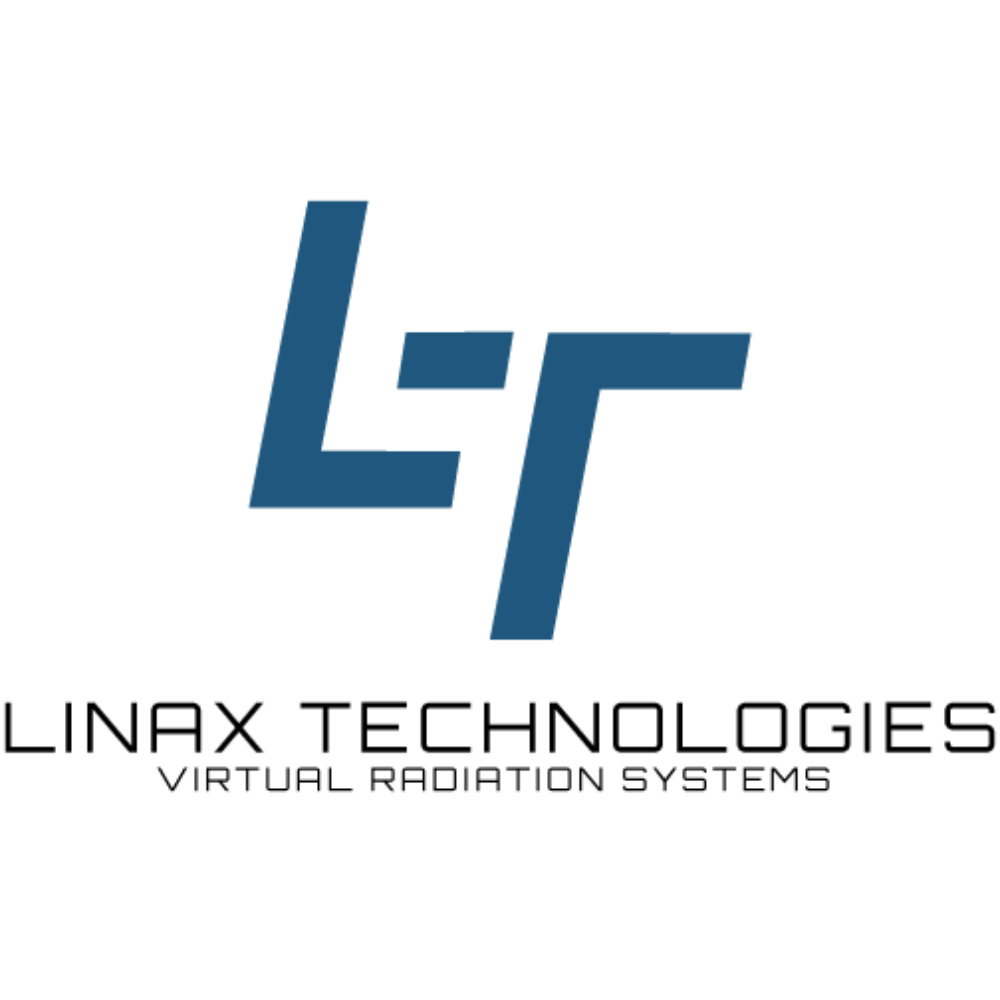
Linax Technologies: Bridging the Global Gap in Cancer Treatment Availability
At ASTRO this year, Linax Technologies will be showcasing their training programs designed to help engineers service and support linear accelerators and provide physicists with tools to improve clinic efficiency. John Vano, President of Radiology Oncology Systems (ROS), sits down with Marco Carlone, Ph.D., a medical physicist and CEO of Linax Technologies. They discuss the challenges facing the radiation therapy field, from equipment costs to training accessibility, and explore how companies like Linax are working to bridge the global gap in cancer treatment availability.
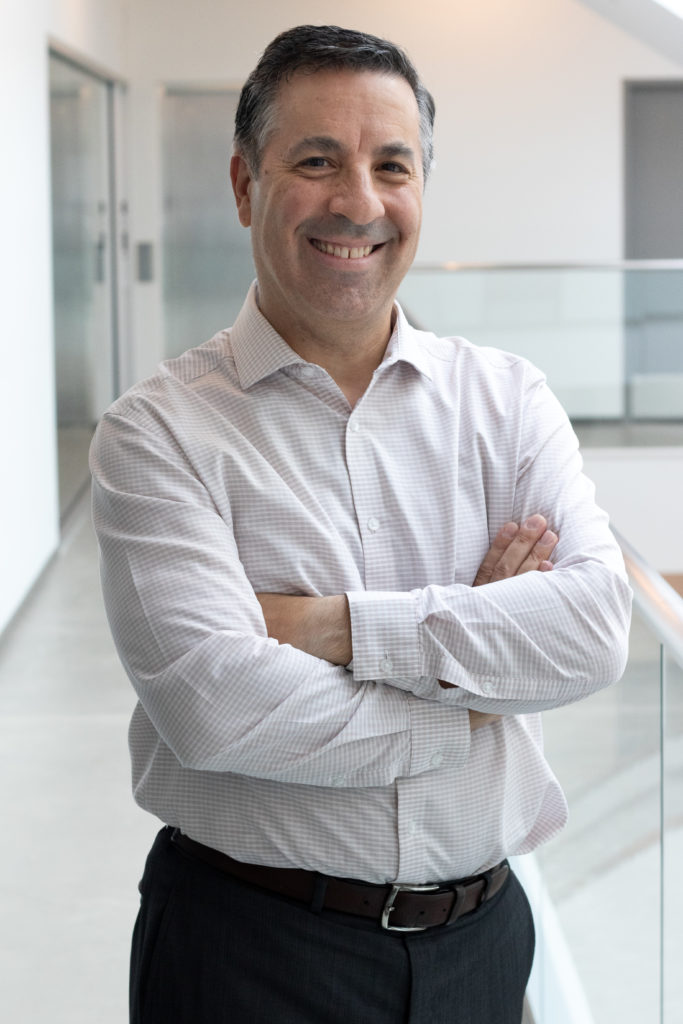
John Vano: A couple of years ago, you introduced the Simac and we interviewed you prior to ASTRO to discuss this novel “virtual linear accelerator tool.” What are you hoping to accomplish at ASTRO this year?
Marco Carlone, Ph.D.: Well, the Simac is only part of what we offer at Linax Technologies. Our company is based on the premise that every clinic in the world that would like to have access to radiation therapy should have it. And we want to offer cost-effective and scalable Linac Training to engineers all over the world.
Vano: Can you explain what you mean by Linac Training? Are you referring to linac repair training, linac physics training, or just general training on how a linac operates?
Carlone: We are focused on training engineers and physicists on how linacs work, how to understand the underlying mechanisms that make a linac work, and to provide them with insights and tools so that they are able to operate and repair linacs safely and economically. We also believe that physicists and engineers need to communicate better – learn to speak the same language – for linacs to be more available to patients. This is a big part of our mission.
Vano: Don’t the OEMs already train linear accelerator engineers on this sort of thing? Why does your company offer even more training?
Carlone: OEMs offer great training programs, and if you are lucky enough to be a customer [of a new linac], then you are lucky enough to get this type of training. But Linax offers training for everyone else who will benefit from the training, without having to travel. For example, a young biomedical engineer trying to get more into the linac world can take our course and get certified, propelling them into a new career. Or a group that works with older or used equipment that don’t qualify for OEM training.
Vano: What inspired you to develop a business around training folks on linacs?
Carlone: Look, it’s no surprise that the world needs more linacs. Just look at the IAEA website. Low and middle-income countries simply don’t have the capital to purchase expensive equipment and there are large populations of the world that have zero access to radiotherapy. Isn’t that why you guys exist at ROS too? To allow folks access to lower-cost, refurbished equipment? Without engineers to service and repair the equipment, you don’t have a clinic. And that’s not even looking at access to radiotherapy closer to home. Radiotherapy is a treatment for urban populations, even in the US. If you live in a smaller midwestern state, chances are you need to travel quite far to have access to treatment for your cancer. For a lot of people, that’s a real problem.
Vano: So how do you propose the world gets more linacs so that more patients can access radiation therapy? Are you indicating that more training tools and more equipment is needed?
Carlone: Yes, we need to lower the costs of training, of equipment, and of staffing. And lately, all of those costs have been going up, not down. We should be focused on lowering the total cost or linac ownership. Linacs are expensive to buy, but even if there is a business case for a smaller cancer center, ongoing operating costs are also far too high.
Vano: Why do you think costs of radiation therapy equipment have been going up, and not down. Other than maybe our cell phones, most electronic gadgets and products have come down in price. Remember what computers used to cost 20 years ago vs. what they cost today? It seems that with more volume, prices should be coming down.
Carlone: There are a lot of factors that have driven prices up. Inflation is the most obvious, but besides that, there is a shortage of trained labor, which drives up costs. There is also the increased market power or dominance of the manufacturers. Years ago, there was healthy competition between Varian, Siemens, Elekta and IMPAC. But when Elekta purchased IMPAC, all that changed and now there are only two major manufacturers in the conventional linac market. And M&A activity doesn’t help either. After all, Siemens Healthineers is spending hundreds of millions of dollars a year just on interest alone for the acquisition of Varian a few years ago. That’s a lot of money being paid to bondholders that are not being reinvested in the business or helping to drive costs down—quite the opposite as they need to keep increasing margins to pay down the debt.
Software is a big part of the puzzle. To make up for lower margins with manufacturing, it feels like the vendors are turning to software to maintain growth and higher profitability. I am not sure this does much to improve access to cancer treatments, but I suspect it helps profit & loss statements.
Vano: There are new linac entrants into the market, like Panacea and Linatech. Do you think they will help lower costs and allow for the expansion of radiotherapy care around the world?
Carlone: It’s too soon to say, but it’s a start. The challenge is whether clinicians will be willing to learn a new platform, and whether they will be adopted in the US, which is the most important market. If you are an iPhone user, your next upgrade is likely to be another iPhone. Once you are in a platform, the switching costs are high. So, will clinicians give up Aria and Mosaiq to adopt a new platform? Look at RaySearch Labs’ new product, RayCare. How many clinics have made the switch? That number is low.
Vano: So, with all these challenges—fewer manufacturers, what’s next?
Carlone: Well, we all do our part. You guys focus on making sure that used/pre-owned equipment is not thrown away and scrapped, as so many hospitals are now doing the U.S. and Canada. We will focus on training more engineers to learn how to service and support linear accelerator systems, and provide training and tools to physicists to improve productivity in the clinic and to be able to manage more machines without more workload. And other entrants into the marketplace like the ones you mentioned can play a role in innovating newer, more cost-effective solutions.
Vano: Thanks Marco. This has been a great interview, and I appreciate you sharing your thoughts with us.

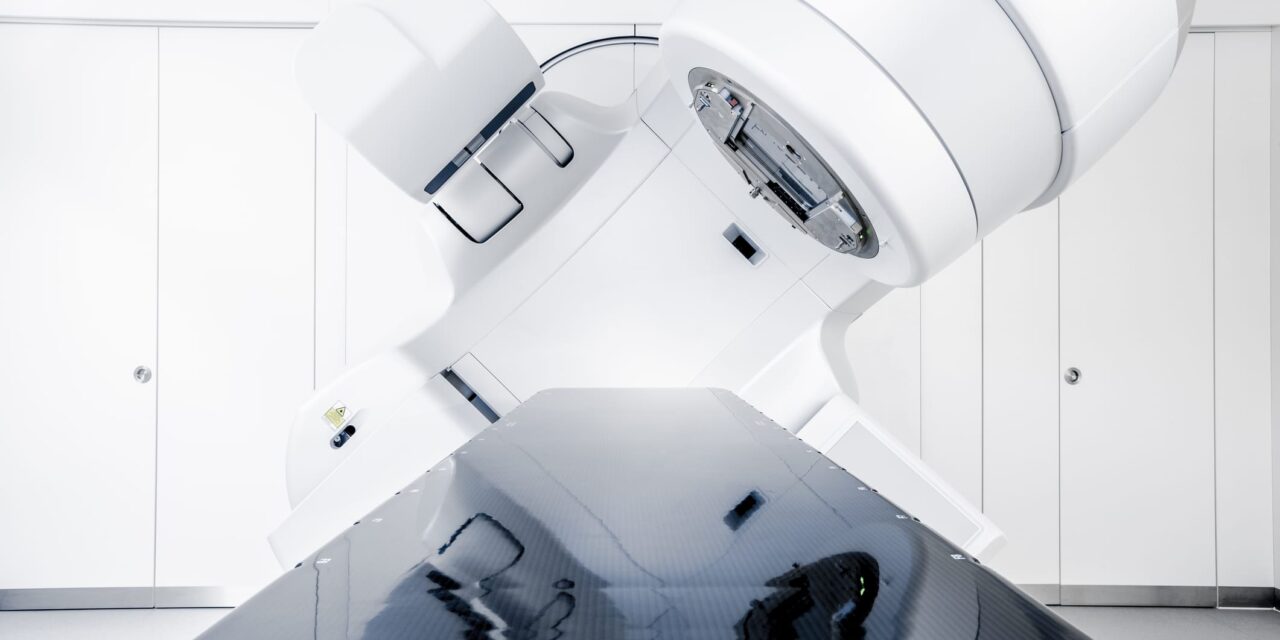
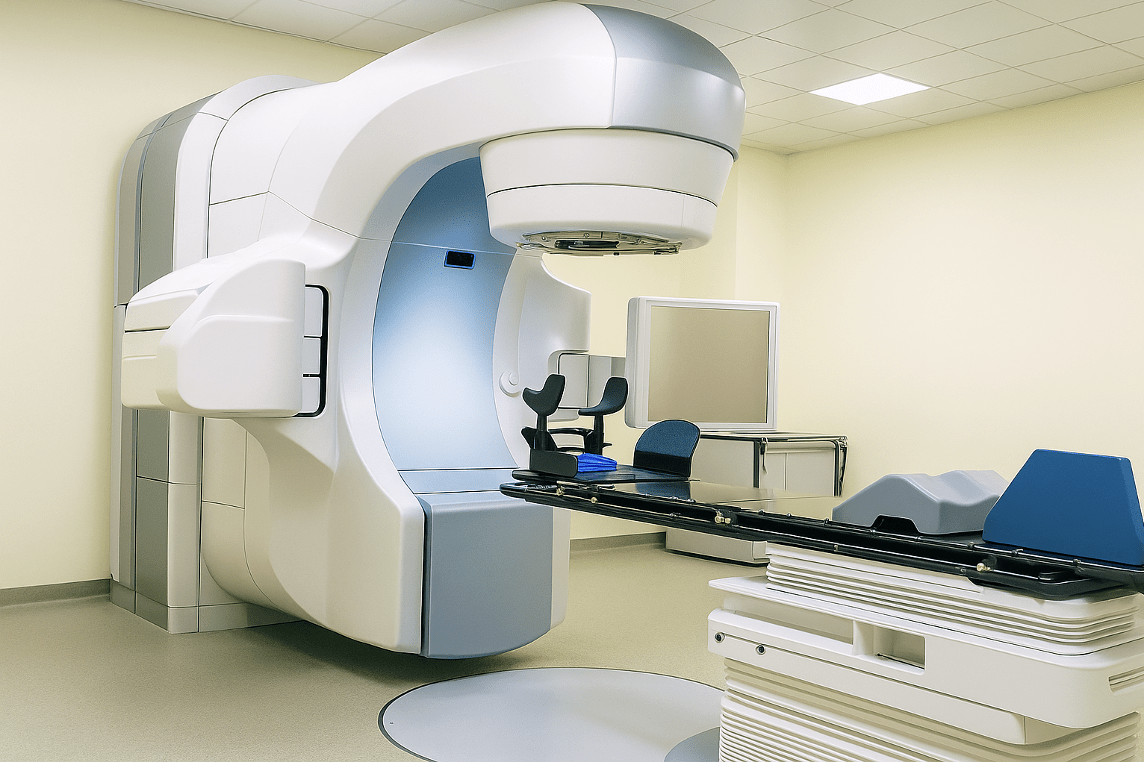
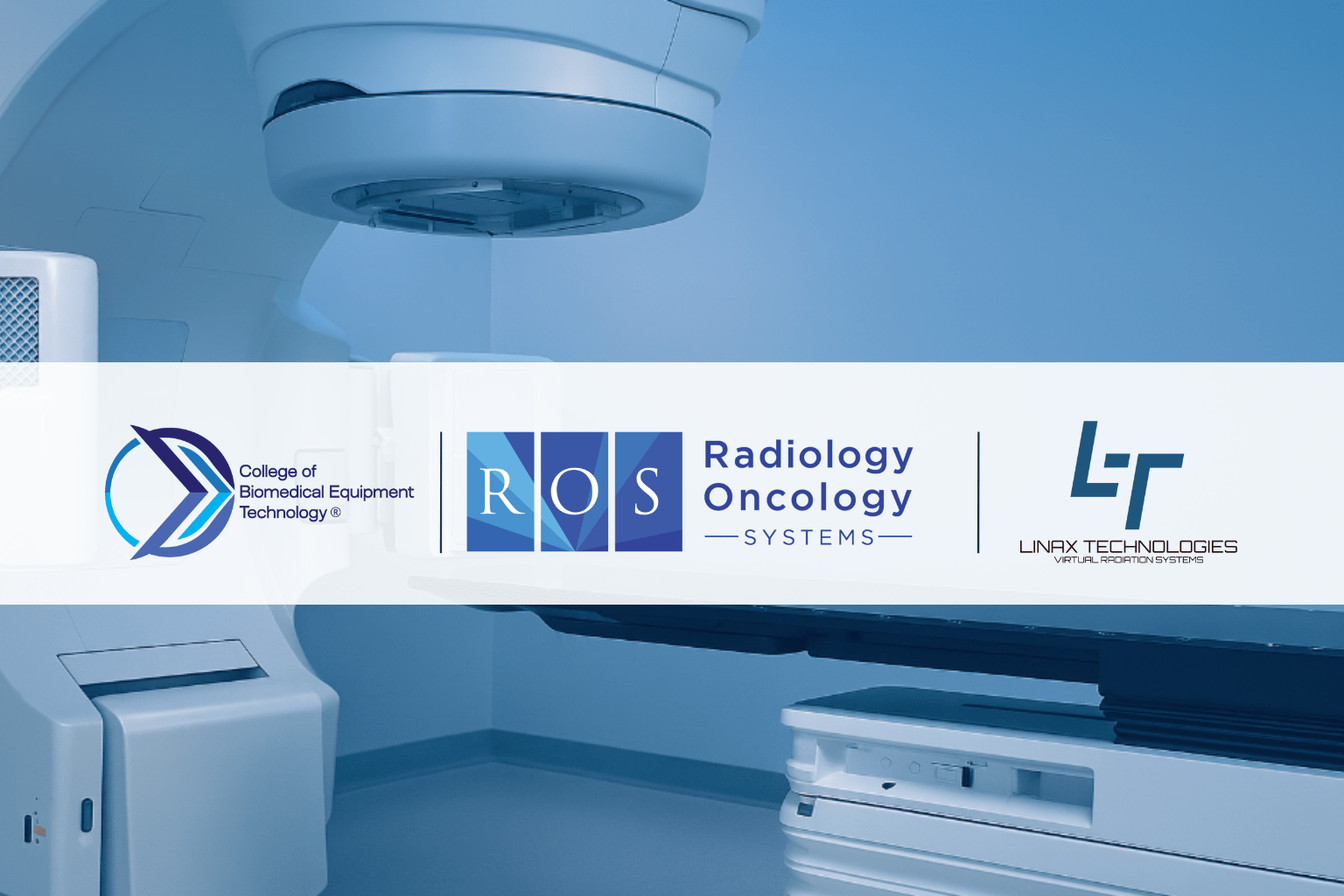
Comments (0)